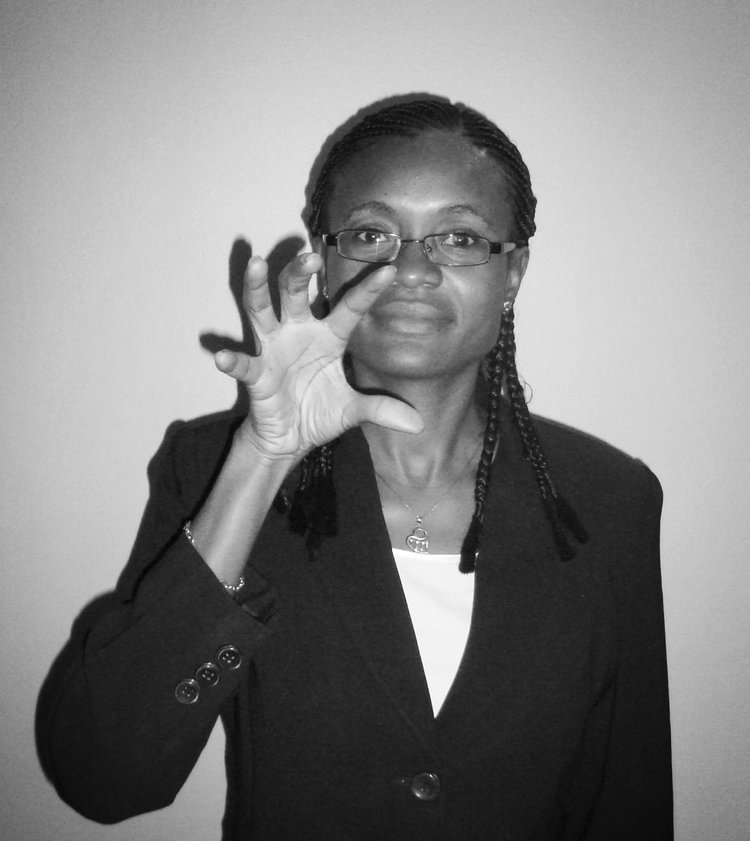THE USE OF GESTURE IS UNIVERSAL
Across continents and cultures, humans communicate using gesture; in fact, the use of gesture is universal. Although the extent and the types of gestures vary, all cultures use gestures to communicate. In case you may be wondering, the answer is yes. Italians do use more gestures than Americans:)
Why do we use gestures when we speak? Aren’t words enough? Interestingly, gesture and speech are connected to the same thought processes. In 2006, Bernardis and Gentilucci published their findings that language and gesture share the same underlying neural substrates, and their research suggests that language is built upon a primitive gestural system. In other words, humans used gesture as our primary form of communication, and later, speech was layered on top of gesture.
Susan Goldin-Meadow and colleagues published several studies that show that our hands help us think. The use of co-occurring speech gestures helps us convey meaning, and also aid in word retrieval. Have you ever tried to explain a tornado to someone whilst holding your hands under the table?
MEANINGFUL AND MEANINGLESS GESTURES
In general, we categorize volitional gestures that do not co-occur with speech, as either meaningful or meaningless actions. Meaningful gestures include gestures that are transitive (involving the use of an object); intransitive (social gestures); and pantomimes (the mime of tool use). Meaningless gestures are novel actions that do not include a semantic or symbolic component (hand under the chin).
Intransitive gestures are often referred to as communicative or social gestures because they convey feelings, or are used to express ideas without relying on object reference. When we think about intransitive gestures we may think about an expressive gesture such as ‘I am hot’ or a symbolic gesture such as a ‘thumbs up’ sign when we are ready for action, or making a ‘peace sign’ to a friend. The symbolic gestures can take the place of words and function as complete utterances in their own right.
EXAMPLES OF AN INTRANSITIVE GESTURE FAUX PAS
Intransitive gestures are socially sophisticated, and they are bound to both environmental and cultural contexts. The meaning of a symbolic intransitive gesture in one country may be considered offensive in other countries and cultures.
For example, the well-known faux pas of Vice President Nixon making the ‘ok’ sign in Brazil during the 1950s is just one example of an intransitive gesture lost in translation. To Americans in the US, this gesture means that everything is A-ok or ‘just fine’ but it is holds quite a different meaning in cultures such as Brazil where it is considered vulgar and degrading. After Vice President Nixon made this intransitive gesture faux pas for the whole world to see, he switched to the use of the “V” victory sign throughout his presidency.
In Norway, the headlines read, “Sjokkhilsen fra Bush datter,” Translated: “Shock greeting from Bush daughter.” As Jenna Bush gave the Longhorn salute during the inauguration, the Norwegians translated this as the sign of the devil.
Not only are intransitive gestures culturally bound by countries, but they can also vary depending on the geographical regions within the same country.
NIGERIAN GESTURES
When I lived in Lagos, Nigeria, I noticed that some of the men placed their fist on the side of their chin as they simultaneously gave a brief nod as I was introduced to them. When I asked for clarification of the meaning of the gesture, they informed me that in some parts of Nigeria the use of this gesture is a sign of respect. I was intrigued as I was studying gesture for my research for my Ph.D., and I asked if they could show me any other gestures that I may not have encountered before. Well, the one that you see on the bottom right is a gesture that you should hope that you never see in real life, because this gesture means that evil will befall you!

A Nigerian gesture that is considered a sign of respect. 
A Nigerian gesture meaning, “Evil will befall you.”
SUMMER TRAVEL
Enjoy your summer holidays, and be careful that your intransitive gestures are not lost in translation!






